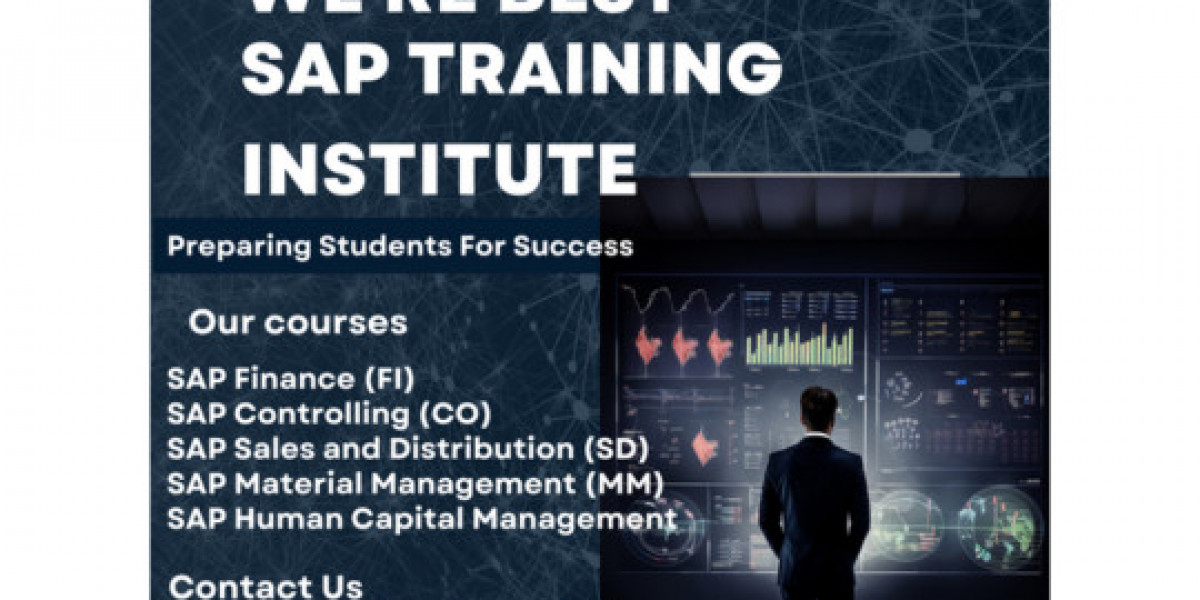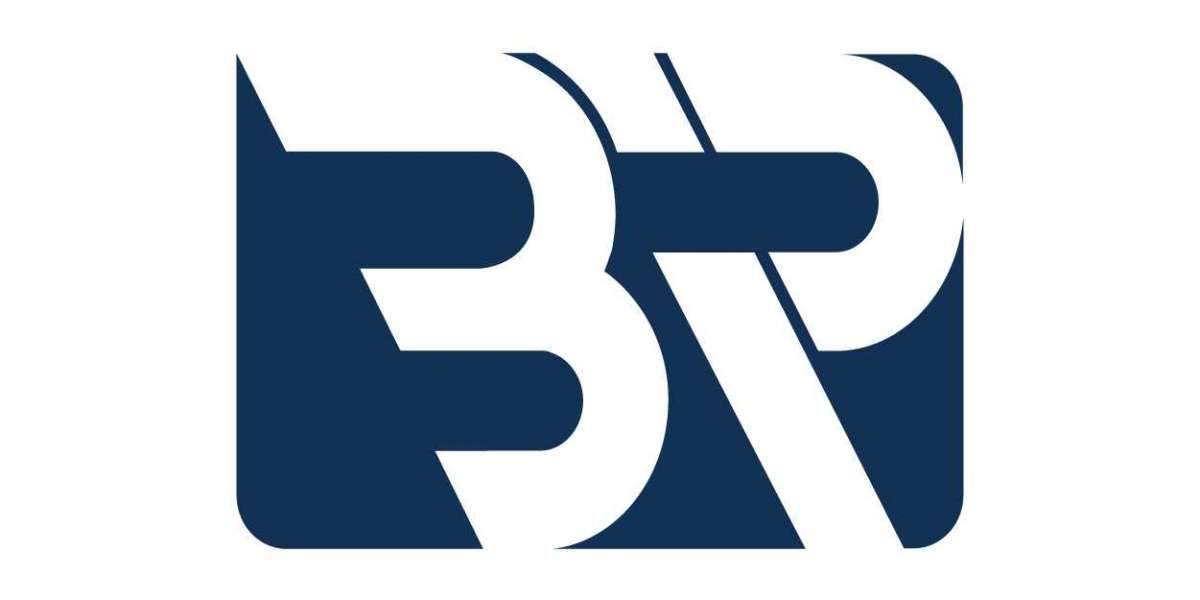What is SAP?
SAP, which stands for Systems, Applications, and Products in Data Processing, offers a suite of software solutions that streamline business operations, ranging from finance and human resources to supply chain management and customer relationship management. Its modular structure allows organizations to tailor the system to their specific needs, driving efficiency and innovation.
Enquiry Now: https://connectingdotserp.in/#enquiry
For Demo Call Us: 9004002958 | 9004001938
Components of SAP Architecture:
- Presentation Layer: At the forefront of SAP architecture lies the presentation layer, where users interact with the system through various interfaces. These interfaces can range from traditional graphical user interfaces (GUIs) to web-based portals and mobile applications, providing flexibility and accessibility across devices.
- Application Layer: Beneath the presentation layer resides the application layer, which comprises the core logic and functionality of SAP applications. This layer handles business processes, data processing, and transaction management, utilizing a combination of ABAP (Advanced Business Application Programming) code and other programming languages.
- Database Layer: The database layer serves as the repository for all data within the SAP system. It stores structured data related to transactions, master data, configuration settings, and more. SAP supports various database management systems (DBMS), including SAP HANA, Oracle, Microsoft SQL Server, and IBM DB2, providing scalability and performance optimization options.
- Integration Layer: Facilitating seamless communication between disparate systems and applications, the integration layer plays a crucial role in SAP architecture. Integration technologies such as SAP NetWeaver, SAP Process Integration (PI/PO), and SAP Cloud Platform Integration enable data exchange and interoperability, ensuring real-time insights and end-to-end process automation.
Key Concepts in SAP Architecture:
- Client-Server Architecture: SAP follows a client-server architecture, where clients (user interfaces) communicate with a central server that hosts the SAP applications and data. This distributed model allows for centralized control and management of resources while accommodating multiple users simultaneously.
- Three-Tier Architecture: The three-tier architecture of SAP comprises presentation, application, and database layers, each serving distinct purposes and functionalities. This modular design enhances scalability, maintainability, and performance optimization, enabling organizations to adapt to evolving business requirements effortlessly.
- Services-Oriented Architecture (SOA): Embracing the principles of SOA, SAP architecture emphasizes modularity, reusability, and interoperability of services. By encapsulating business processes as services that can be accessed independently, SAP promotes agility and flexibility in application development and integration.
- Scalability and High Availability: SAP architecture is designed to scale horizontally and vertically to accommodate growing workloads and ensure uninterrupted service availability. Techniques such as load balancing, clustering, and data replication enhance performance and resilience, minimizing downtime and maximizing efficiency.
Visit Us: https://connectingdotserp.in/#enquiry
For Demo Call Us: 9004002958 |9004001938
Best Practices for SAP Architecture:
- Performance Optimization: Employing performance optimization techniques such as code optimization, database indexing, and caching mechanisms enhances the responsiveness and throughput of SAP applications, ensuring optimal user experience and resource utilization.
- Security Measures: Implementing robust security measures, including user authentication, authorization, encryption, and audit trails, safeguards sensitive data and mitigates cybersecurity risks. Compliance with industry standards and regulations is paramount to maintaining data integrity and confidentiality within the SAP ecosystem.
- Disaster Recovery Planning: Developing comprehensive disaster recovery plans and backup strategies safeguards against data loss and system downtime in the event of unforeseen disasters or technical failures. Regular testing and refinement of these plans ensure business continuity and minimize disruptions to critical operations.
- Continuous Monitoring and Maintenance: Proactive monitoring of SAP systems, coupled with regular maintenance activities such as patch management, performance tuning, and system health checks, prevents potential issues and optimizes system reliability and performance over time.
Choosing the Best SAP Course and Institute:
When embarking on a journey to learn SAP, selecting the right course and institute is crucial for acquiring in-depth knowledge and practical skills. Here are some factors to consider:
- Reputation and Accreditation: Look for SAP institutes with a strong reputation and accreditation from SAP or relevant industry bodies. Accredited institutions adhere to high-quality standards and offer comprehensive curricula aligned with industry requirements.
- Course Content and Delivery: Evaluate the course content, curriculum structure, and delivery methods to ensure alignment with your learning objectives and preferred learning style. Hands-on training, real-world case studies, and interactive sessions enhance the learning experience and facilitate practical skill development.
- Faculty Expertise: Assess the qualifications, experience, and expertise of the faculty members delivering the SAP courses. Experienced instructors with industry knowledge and certifications can provide valuable insights and guidance throughout your learning journey.
- Placement Assistance and Career Support: Consider institutes that offer placement assistance, internship opportunities, and career support services to help you transition into the workforce seamlessly. Alumni networks, job placement drives, and resume-building workshops can further enhance your employability prospects.







